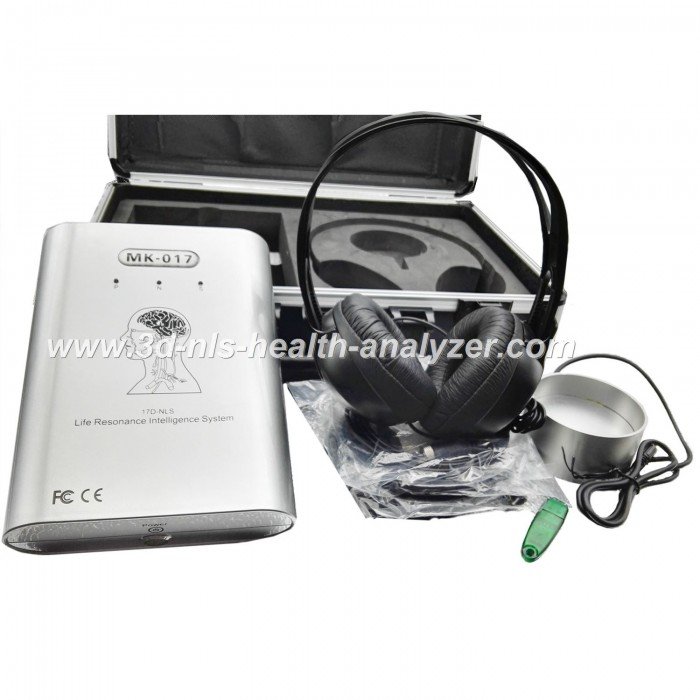home biofeedback



What is Biofeedback?

Simply put, Biofeedback is utilizing your own awareness and monitoring the biological signals produced by your body. For instance you can become aware of your breath and change the frequency of the breathing rate to encourage a relaxation response.
When you use electronic instrumentation to monitor your body’s physiology it displays that information back to the you; hence the name bio-logical signal feed-back. With electronic monitoring you can increase your sensitivity and awareness of physiological activity in various areas and organ systems of your body. With this new awareness, you can change your body’s ‘dys-‘function’ into healthy functioning.
How Does It Work
Biofeedback instruments provide feedback on aspects of the body that react to stress (the autonomic nervous system). Physiologically, a healthy body will return to a relaxed state after a stressful event. If the body remains ‘revved up’ for long periods of time in response to stress it can cause breakdowns in many different body systems. This breakdown can result in painful symptoms or some chronic functional problems. Biofeedback shows what is not functioning properly so you can take steps to regain control of your body to establish function and eliminate symptoms. Below are descriptions of situations where biofeedback can be used with positive effect.

home biofeedback
Biofeedback is technology that helps a person become aware of, and ultimately control, body functions normally not under individual control. These functions can include brainwaves, heart function, breathing, muscle activity, and skin temperature.
Until recently, biofeedback was available only in laboratories and clinics. Equipment was expensive, as was training to use that equipment. In the last 10 years, however, home biofeedback equipment has been invented that takes advantage of the ever-increasing power of home computers and game systems. These new options make biofeedback available to home users.
As Wild Divine, a maker of biofeedback systems recommends, it’s best to discuss your plan to use these devices with your doctor.
Heartrate Equipment
The most common kind of home biofeedback equipment is the heart rate monitor. The emWave Personal Stress Reliever from the HeartMath System is one such monitor. It measures heart-rate coherence, a particular heart-rate pattern that is beneficial for reducing stress and promoting health.
Wild Divine products also measure heart rate and heart-rate variability as well as galvanic skin response. The three Wild Divine products and their attached monitors introduce biofeedback in the form of computer video games, where the game is controlled by the user’s changing body states. Instruction on how to control these body states is available within the context of the game. Relaxing Rhythms is Wild Divine’s medically oriented game. The Passage and Wisdom Quest have more spiritual and self-actualization overtones.

Galvanic Skin Response Equipment
Galvanic skin response, or GSR, monitors measure skin conductivity from the fingers. In other words, they measures sweat gland activity, which reflects changes in the sympathetic nervous system. Active sweat glands mean a higher tension level. GSR is the same kind of technology used in lie detectors.
One home biofeedback unit utilizing GSR is the GSR 2 Relaxation Monitor. It uses a tone as feedback. As body tension increases, the tone increases. As body tension decreases, the tone decreases.
The Wild Divine biofeedback equipment also uses GSR technology.
Brain Wave Equipment
Another kind of biofeedback uses electroencephalography, or EEG. EEG is a recording of the electrical activity of the brain.
A home biofeedback system that uses EEG is SMART BrainGames Technology. It takes information from sensors installed inside a cap and uses it to power a PlayStation or Xbox video game. The results are conscious control over the brain mechanism that focuses attention.
Muscle Tension Equipment
A fourth kind of biofeedback monitor helps the user to control muscle tension. Antense Anti-tension Device is one such device. It monitors the electromyographic, or EMG, activity in the forehead muscle. A tone corresponds to the varying levels of tension. By learning to modify the tone, the user can learn to control the level of tension in the forehead and face, leading to fewer tension headaches.
The MyoTrac Portable Muscle Monitor is a similar device in a portable case. It can be used during movement, so one can monitor muscle tension during different activities.





Sale Cousultant : Mrs Lucy | Sale Consultant : Mr Mark |










